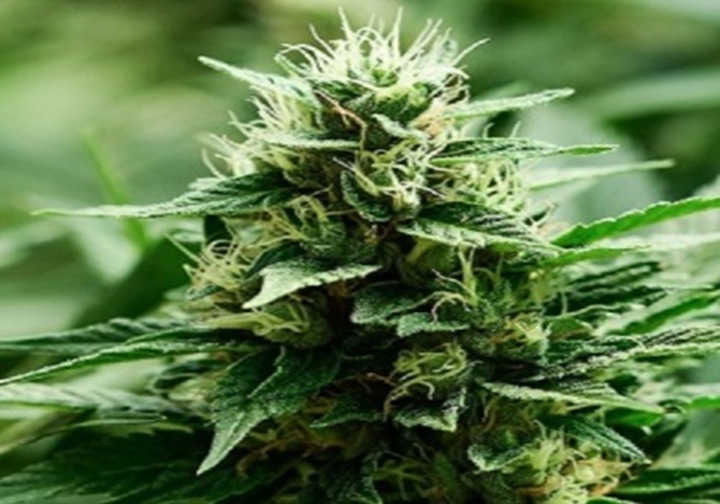Top Cannabis Strains for Nausea and Appetite Stimulation in Cancer Patients
الجسم

Cancer patients often endure a myriad of challenging symptoms, with nausea and loss of appetite being among the most debilitating. Conventional treatments can be effective, but they sometimes come with their own set of side effects. In recent years, there has been a growing interest in the potential benefits of cannabis for managing these symptoms. In this blog, we will explore some of the top cannabis strains that have shown promise in alleviating nausea and stimulating appetite in cancer patients.
- OG Kush: OG Kush is a well-known cannabis strain renowned for its ability to induce relaxation and provide relief from nausea. Its high THC content, coupled with a distinct terpene profile, contributes to its anti-nausea properties. Patients have reported feeling more at ease and experiencing an increase in appetite after consuming OG Kush. However, it's essential to note that individual responses may vary, and patients should start with low doses to gauge their tolerance.
- Harlequin: Harlequin is a unique strain that stands out due to its balanced ratio of CBD to THC. With a higher CBD content, it offers anti-inflammatory and anti-nausea effects without causing the intense psychoactive effects associated with high-THC strains. Cancer patients may find relief from nausea and improved appetite without the typical "high" feeling. This strain is particularly appealing for those seeking a more functional and clear-headed experience.
- Blue Dream: Blue Dream is a hybrid strain known for its uplifting and euphoric effects. Cancer patients dealing with nausea and appetite loss may benefit from its ability to enhance mood and alleviate stress. The combination of terpenes and cannabinoids in Blue Dream contributes to its anti-nausea properties, making it a popular choice among medical cannabis users. As always, patients should consult with healthcare professionals before incorporating any new treatment into their regimen.
- ACDC: ACDC is a strain that is high in CBD and low in THC, making it a favorable option for cancer patients seeking relief without the psychoactive effects. CBD has demonstrated anti-nausea and appetite-stimulating properties, making strains like ACDC potentially beneficial in managing cancer-related symptoms. Its low THC content minimizes the risk of cognitive impairment, making it suitable for patients who want symptom relief without the traditional cannabis "high."
- Tom Ford Pink Kush: Tom Ford Pink Kush, is a indica dominant hybrid strain that has gained popularity for its mood-enhancing and appetite-stimulating effects. Cancer patients undergoing treatments that suppress appetite may find Tom Ford Pink Kush helpful in promoting a desire to eat. The strain's sweet and earthy flavor profile adds to its appeal, making it a palatable option for those seeking relief from nausea and appetite loss.
Conclusion:
While cannabis shows promise in providing relief from nausea and stimulating appetite in cancer patients, it's crucial to approach its use with caution and under the guidance of healthcare professionals. Individual responses to different strains vary, and factors such as dosage, frequency, and administration method play key roles in determining efficacy.
Before incorporating cannabis into a cancer treatment plan, patients should consult with their healthcare providers to ensure it aligns with their overall care strategy. Additionally, adherence to local laws and regulations regarding medical cannabis use is essential. As research on cannabis continues, a better understanding of its potential benefits for cancer patients may emerge, providing additional options for symptom management in the future.














تعليقات